
Customised Music Ensemble Performance
June 4, 2018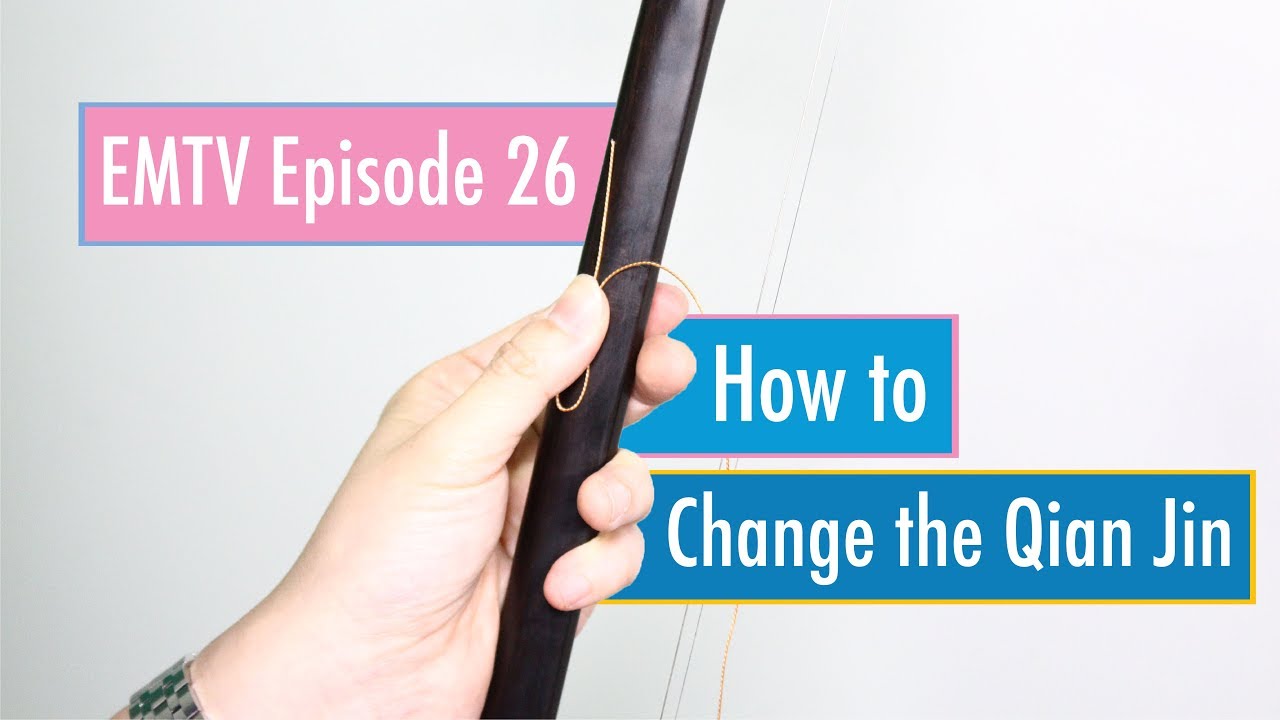
Proper Way to Tie Your Qianjin
July 3, 2018Erhu Bows, their Tone Color and Characteristics
In our EMTV Episode 2, we talked about the things to look out for when choosing an Erhu bow.
Following that, a lot of our readers emailed us to ask about how the different type of bows sound like. We too, are curious about how different bows sound on the same Erhu.
So in EMTV episode 25, we took 4 of our most common bows to do a sound test for you to hear the differences in tone produced by different bows.
The constant in this experiment is a Shanghai aged rosewood Erhu by Hu Han Rou.
We sort of imagined what the results would be like but it is still quite surprising to hear it played side by side.
A summary of our findings are:
– The beginner Shanghai Erhu bow sounds the thinnest because of its thinner bow hair
– Size does matter – the longer the bow the better for playing slow passages
– Beijing bows have a more penetrative tone compared to Shanghai bows
– The all time favourite bow by professionals Beijing bow by LHG sounds the best – full body and penetrative
Read on for a more detailed analysis of each bow:
A commonly seen feature in one’s Erhu journey, this bow comes with the purchase of either a Starter Grade Shanghai Rosewood Erhu or Popular Grade Shanghai Dunhuang Premium Rosewood Erhu. This bow will definitely help you tide over the initial stages of your learning, but will soon prove to be inadequate due to certain aspects of its construction.
Firstly, it is slightly shorter than an average bow. Now don’t underestimate the difference in length (about an inch or so, to measure again), for it can make a world of difference in one’s playing. Ever run out of bow length while playing a slow passage, and wishing that you could have more leeway to express yourself? Well my friend, this bow isn’t going to aid you much for this purpose. This causes you to ration your bow to a greater extent, and could potentially compromise on your tone color.
Next, there is lesser bow hair on the Beginner Shanghai Erhu Bow. Now this is a major gripe amongst many users of this bow. With lesser hair, the tone color produced is not reflective of what a Shanghai tone should sound like. The resultant sound is thinner and sharp, and may even take on a nasal quality at times. If you are into type of tone color, then this will not be a problem. Other, this can prove to be a headache for many aspiring Erhu players.
2. Professional Single Joint Shanghai Erhu Bow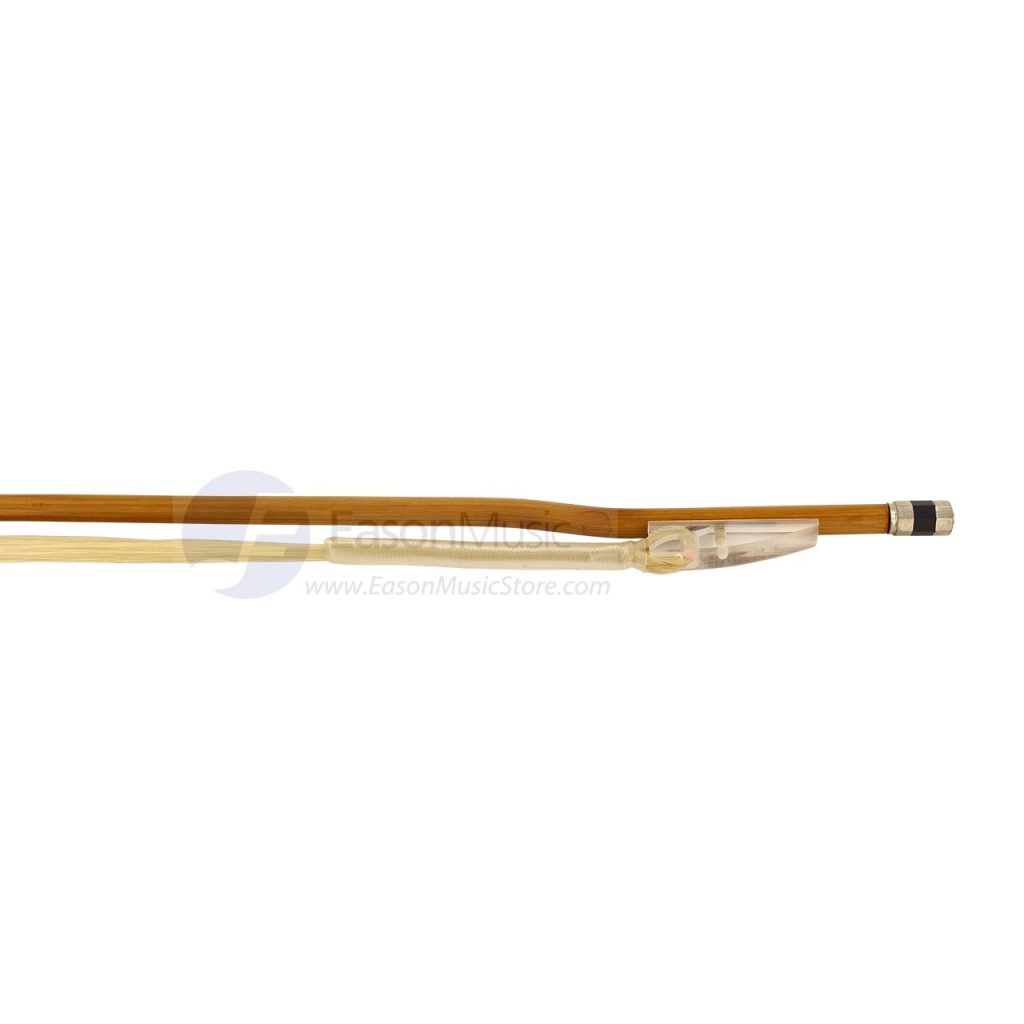
Now this is definitely a step up from the Beginner Shanghai Erhu Bow. Possessing several differences, they serve to enhance the bow’s playability, while exemplifying the quintessential Shanghai tone.
Firstly, the bow is slightly longer. As mentioned previously, do not underestimate this increase in bow length! With it, you will be able to tide through slower passages at an easier pace, and fully express yourself with the aid of this bow!
Next, there is a significant increase in bow hair for the Professional Single Joint Shanghai Erhu Bow. Ever wonder why there is a world of difference in sound when you upgrade to this bow? Well, this is a major contributing factor. The increase in bow hair does wonders is producing a thicker, fuller tone from your Erhu, almost as though it is drawing out qualities from it that did not exist previously. No wonder this is a bow of choice for Erhu luminaries such as Min Hui Fen and Chen Chun Yuan!
Lastly, the bow is also relatively heavier too. While some may view this to be a disadvantage, a heavier bow can aid in the performance of slow passages as well. With its added weight, it allows the bow to “stick” onto your strings to a greater extent whilst playing. As such, without providing much additional pressure, you will be able to obtain a denser sound out of your erhu. Sounds like a great deal to me!
3. Professional Beijing Jointless Erhu Bow by Wang Xiao Di
Ever wanted to play pieces such as Racing Horses at the speed of light? Not that you cannot achieve that on a Shanghai bow, but the fact still remains that a Beijing bow is the go to option for performers of fast and modern pieces.
There are several unique qualities present in Beijing bows. Firstly, the frog of the bow has undergone some modification. While it still employs a screw tightening system, a hook is used to join the bow hair to the bow itself. This allows us to take out or put in bows in an easier manner, without going through the hassle of unscrewing the bow entirely.
Next, there is a metal plate present at the end of the bow hairs, clipping them together flat. Striving to imitate a violin bow, this confers upon Beijing bows a clean, smooth tone as compared to that of a Shanghai bow. Naturally, its main drawback comes in the form of a smaller, more angular tone color that may not be to everyone’s fancy. The plate also aids in the performance of running notes and fast passages, and is thus especially suitable for pieces from Northern China.
Lastly, Beijing bows tend to be stiffer that Shanghai bows. Lending it more firepower as a result, this is a large reason why many conservatory students prefer Beijing bows. With modern pieces requiring a greater dynamic range and expressions, a Beijing bow is able to sound powerful, or sleek too.
This particular bow by WXD sounds and feels like a typical Beijing bow that we described above. One thing that we realized is that while it sounds more penetrative than the professional single joint Shanghai bow journey, the tone actually sounds slightly thinner.
4. Professional Beijing Erhu Bow by Li Huai Gang
If you are looking for the mother of all bows, then look no further! The Professional Beijing Erhu Bow by Li Huai Gang is a definite must have for all Erhu players, and is the bow of choice for Erhu luminaries such as Yu Hong Mei, Ma Xiang Hua, and Yang Xue.
The bamboo on the bow is not too heavy, yet stiff enough to provide enough resistance to play pieces that require dramatic expression.
The remarkable thing is the tone. It produces a penetrative tone, yet has comparable richness compared to the professional single joint Shanghai bow. We reckon it has something to do with the quality of horse hair that is being used.
So here is EMTV Episode 25: Different Erhu Bows and their Tone Color
If you need any assistance in choosing an Erhu bow, please feel free to email us at [email protected].[email protected]


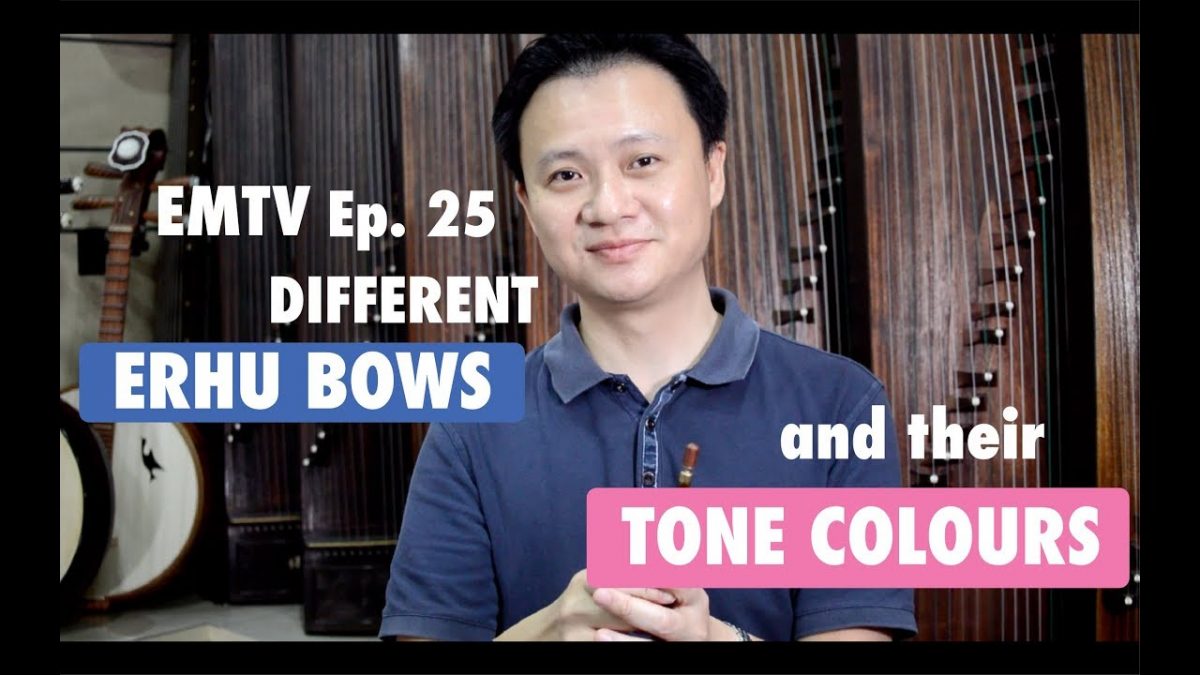
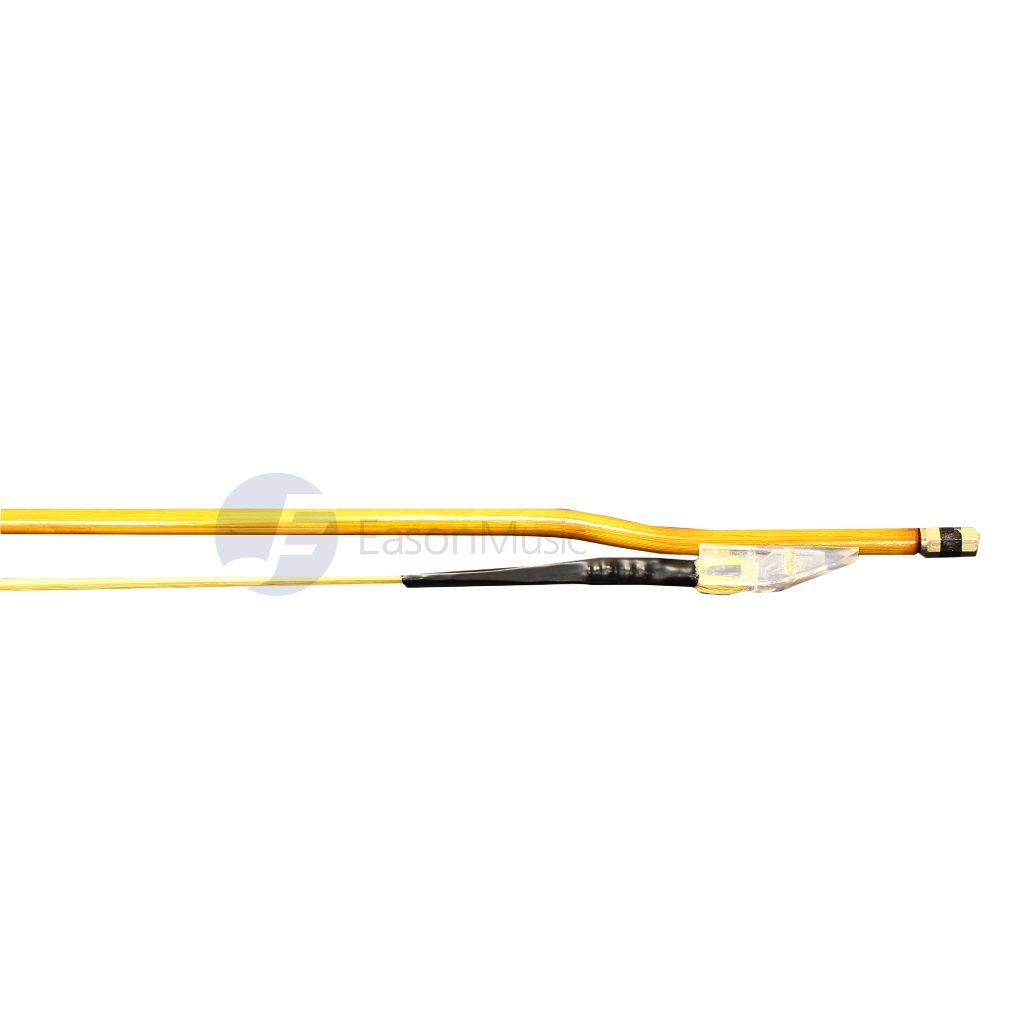
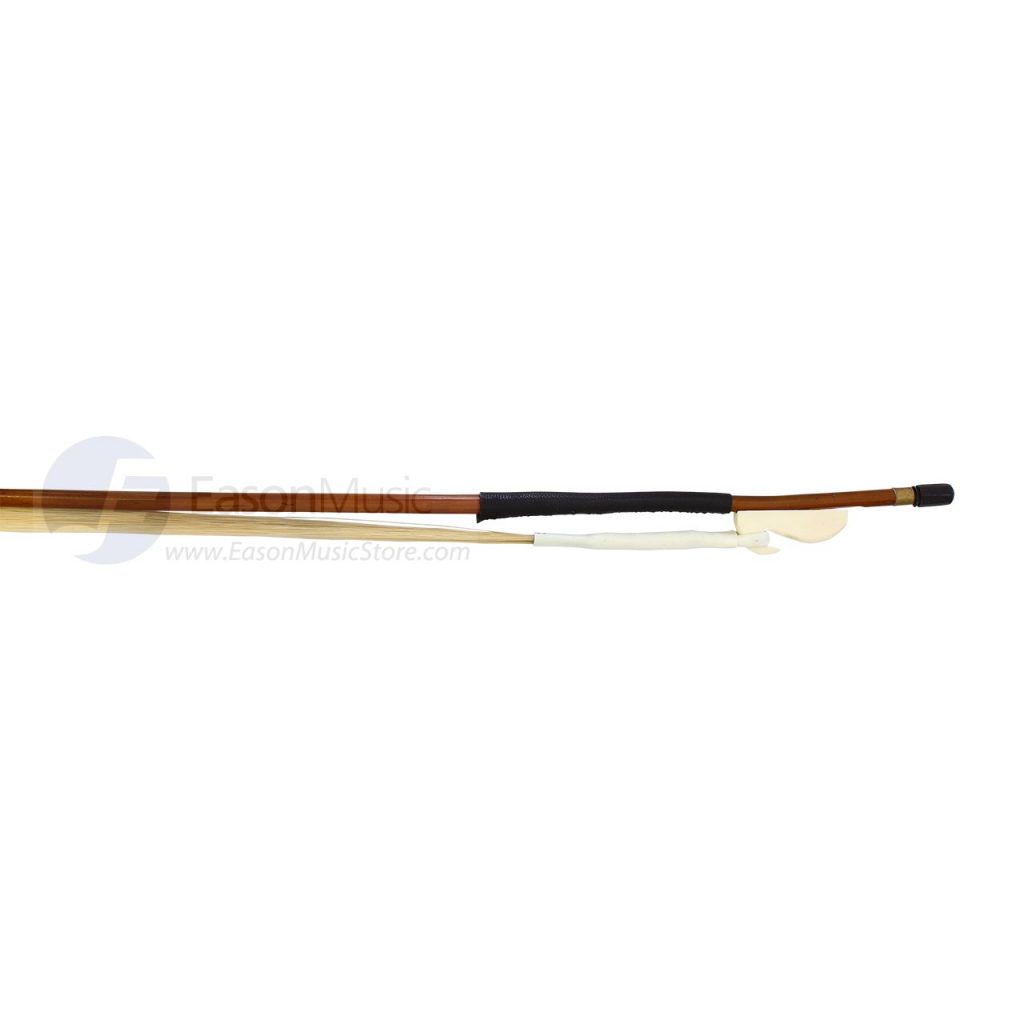
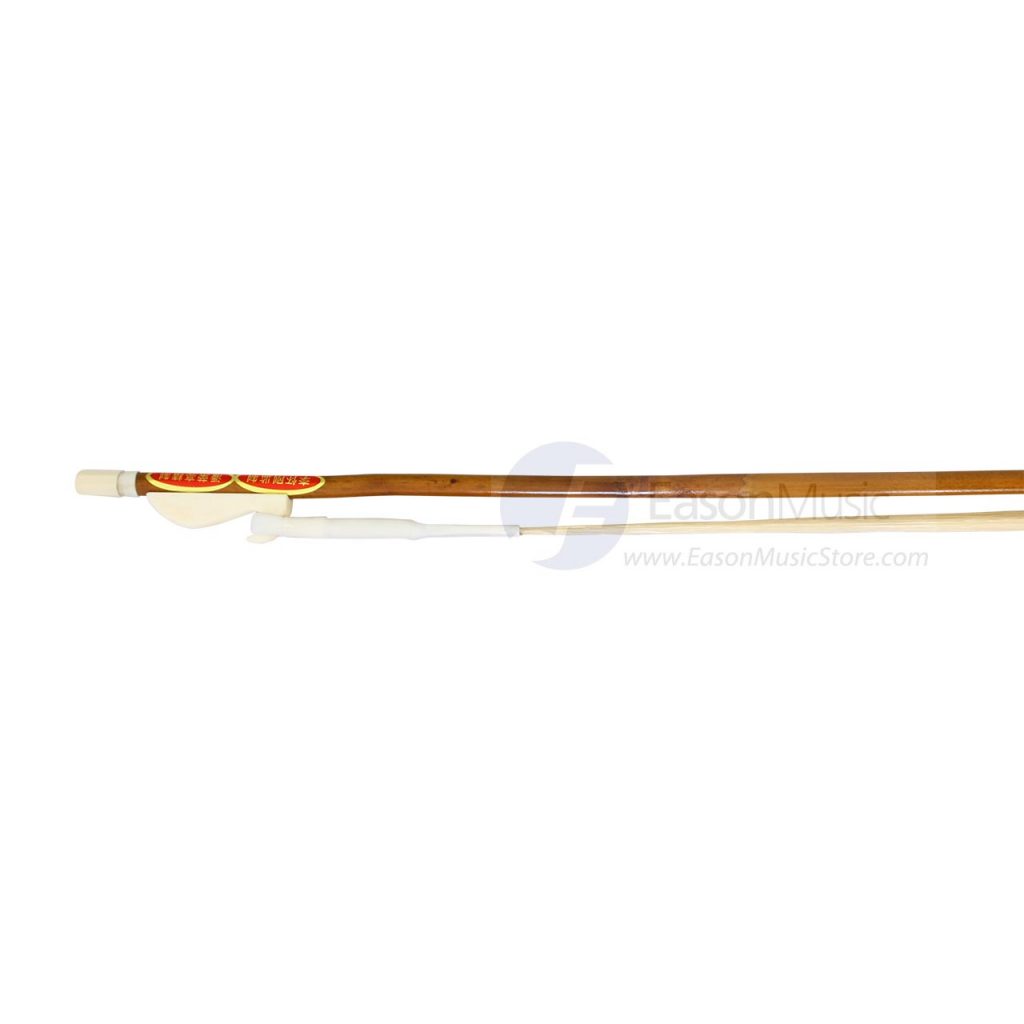

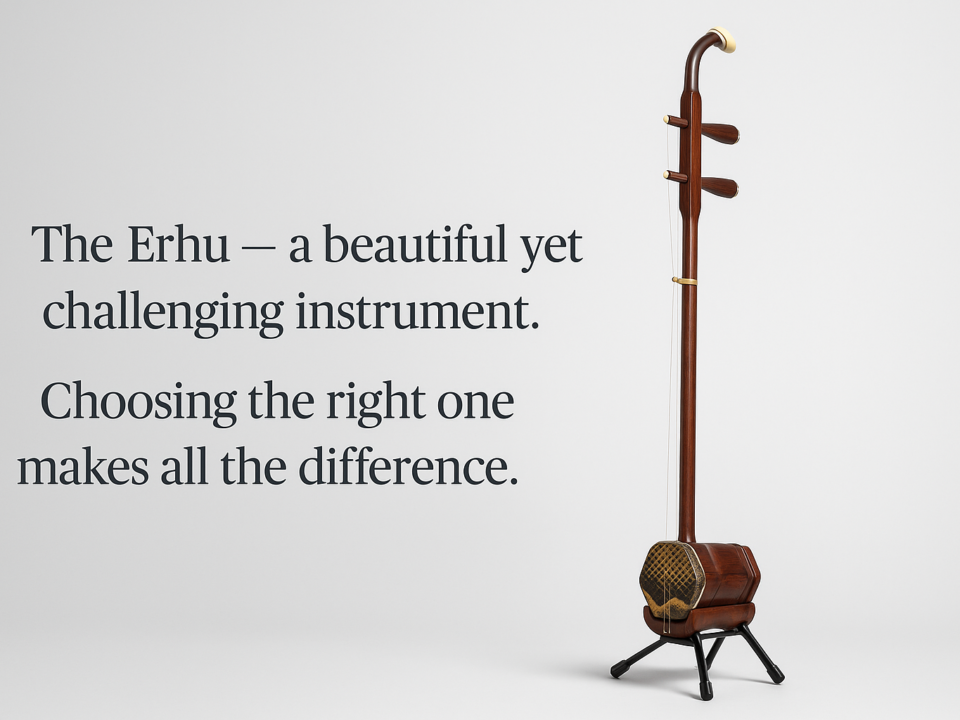
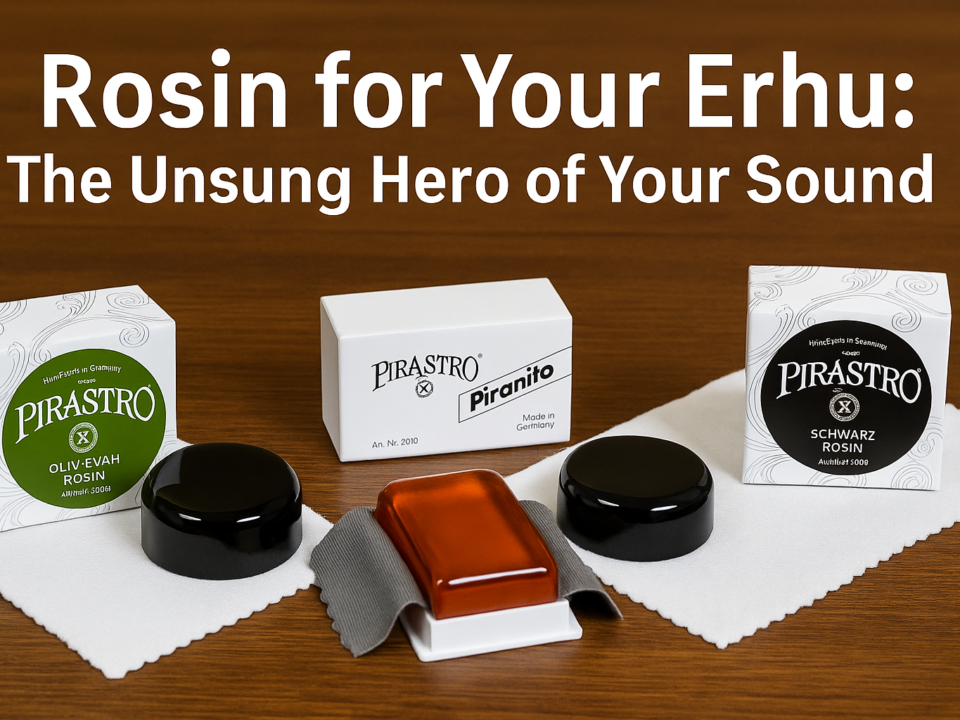
2 Comments
I really appreciate your thoughts, opinions and expertise Sung Wah that your videos and notes provide. I have learnt so much from reading them and viewing. For an erhu novice like me they really do inform my knowledge and understanding. Many thanks. ? RD.
You’re welcome Donovan!